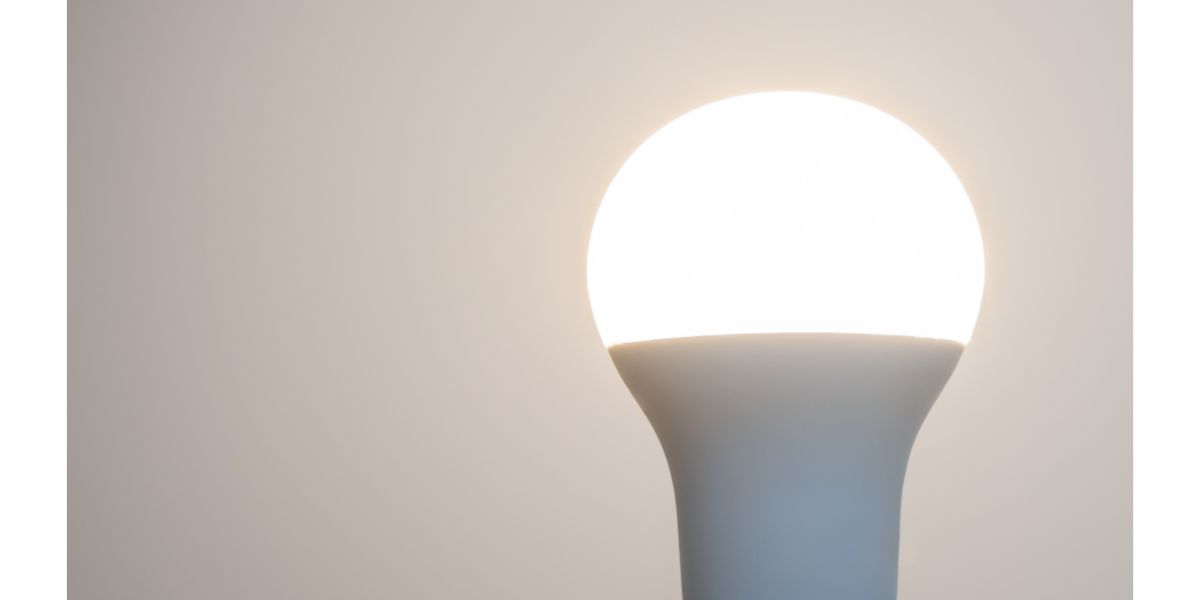Disclaimer: This post may contain affiliate links, meaning we get a small commission if you make a purchase through our links, at no cost to you. For more information, please visit our Disclaimer Page.
Smart bulbs are very similar to smartphones in that they suffer from many of the issues that plague smartphone users, Android and iOS devices alike. For the most part, they are more costly but far more efficient than their filament bulb cousins.
If your smart bulbs are turning on by themselves, it’s most likely a connection issue, a failed firmware update, an inaccurate WiFi password, app settings, or routines you may have activated unknowingly (more on what routines are below).
Don’t let this article turn you off from smart bulbs. One of the most important aspects of shopping for smart bulbs is you get what you pay for. With a nice smart home setup and some premium smart bulb choices, they’re a phenomenal convenience for a modern home.
Table of Contents
5 Causes And Fixes To Smart Bulb Turning On By Itself
1. Firmware Updates
They aren’t called ‘smart bulbs’ because they are just like an LED or filament bulb and nothing else. At most, they can be pretty sophisticated and, at the very least, they are still small, simple computers. As such, they have to be updated, along with your smart home hub.
Smart bulbs typically tie into a hub, whether it’s a product of a certain brand or one of the Google, Apple, or Amazon devices that are so popular.
These ‘hubs’ are like the nucleus of your smart home network. It’s important to keep the firmware updated both in terms of the hub and the bulbs.
Most smart bulbs come with an associated app. These apps typically come with a feature that allows all of your smart home appliances and devices to tie into the same app. As such, that’s where all of your firmware updates will be.
All you need to do to keep your smart bulbs updated, along with your smart hub (Alexa, Apple Home, and Google products all feature automated updates), is log on to your app and check the device’s firmware status.
2. Intermittent WiFI Connections
One of the most difficult parts of setting up a smart home is ensuring that all of the devices in your network are within range of your hub or your router. WiFi is notoriously easy to disrupt.
Most smart home appliances and devices use Zigbee, Z-Wave, or straight WiFi, and they all have to receive a strong signal to avoid any issues.
It’s important to know what your smart bulbs run with so you can ensure that your mesh network or smart home network is set up so that everything is receiving a strong signal. Walls, metals, brick, mortar, concrete, and wood all have detrimental effects on signal and range.
With Z-Wave and Zigbee, setting up your devices in a line-of-sight order is very important. If you are using a hub and router for a purely WiFi setup, each device you add to the network needs to have a good or great signal.
Without an efficient signal, smart bulbs are liable to turn on or act otherwise erratic and they will continue to do so until the problem is rectified.
3. Routines
Depending on what brand your network is based around, it might be called something different. Most people recognize them as ‘Routines.
’ These Routines are nothing more than a series of commands you set up within the app to manage your appliances and their automations.
For instance, you can add a smart plug to your network, plug your coffee pot into it, and set up a Routine for the coffee pot to come on at 5 o’clock in the morning and turn off at 6 o’clock, an hour later.
The same goes for smart lights. The thing is, you might have a routine set up, within the associated app, that’s causing the lights to come on when you don’t want them to.
Since there are several types of smart home setups and a wide variety of apps and brands, we could write a novel on the walkthrough process for checking and disabling routines.
Suffice it to say, you need to find Routines (or the equivalent) and check to see if you have one setup on your smart bulb. If you do, it’s usually a simple matter of turning it off or changing the routine to a timeframe that’s more reasonable.
There are also third-party apps that will integrate with your smart home setup, such as IFTTT (If This Then That). IFTTT is an app that connects to the smart devices throughout your home, including smart bulbs, and automates them through the routines you decide to create.
If you have an associated app, it’s a good idea to check through that one as well. You may even have conflicting routines from separate apps going on. This is surprisingly easy to do when you have your family set up on your account and they have their own access and permissions to make changes.
4. Smart Assistants Aren’t Always Smart
If you have an Echo device, a Google Assistant, or an Apple HomePod, then you probably know exactly what we’re referencing here. Sometimes, these devices mistake our everyday, regular conversations throughout the home with keywords that require action.
For instance, if you set up an Apple HomePod to activate smart bulbs in the house with the key phrase, “lights on,” and Siri thinks you or someone else spoke those words, it’s liable to turn the smart bulbs on.
There are a few things you can do about this. You can mute your Siri, Google Assistant, or Echo devices for most of the day. You can go into your smart home settings and change the keyphrase for turning the lights on.
Or, you can go into the settings for your respective apps and see what options you have for altering how the various smart assistants interact with your voice.
If nothing else, you can simply change the wake command to something more extensive than just “Alexa” or “Hey Siri.”
5. Your Smart Bulb is Defective
No one wants to think that this is the root of the problem. However, what we mentioned at the beginning of the article is very true, at least when it comes to smart home appliances and devices. “You get exactly what you pay for.”
It’s still a rare occurrence to end up with an absolute garbage smart bulb. However, you have better odds of getting a reliable, long-term smart bulb if you stick with known, well-reviewed, name brands. They are far less likely to be defective.
However, that’s only part of it. Not only are they less likely to be defective, but they’re also less likely to have compatibility issues with your network. A Philips Hue smart bulb is far more likely to work with an Amazon Echo than a generic, strange-name brand that you picked up on Amazon Shopping because it was five bucks cheaper.
When it comes to smart homes and efficient, well-oiled machine operations, you want name brands that people trust, review, and rely on. You’ll have a far better chance of avoiding kinds of issues like lights turning on randomly.
Final Thoughts on Smart Bulbs Turning On By Themselves
This isn’t something that happens frequently but it’s more likely to happen if the bulbs are cheap and/or defective. You can also be your own worst enemy by accidentally tying in some automated routines, or not paying attention to the ones your family members are setting up.
Regardless, it’s generally an easy fix. Plus, preventative maintenance and good signal control both go a long way toward efficiency and longevity.


